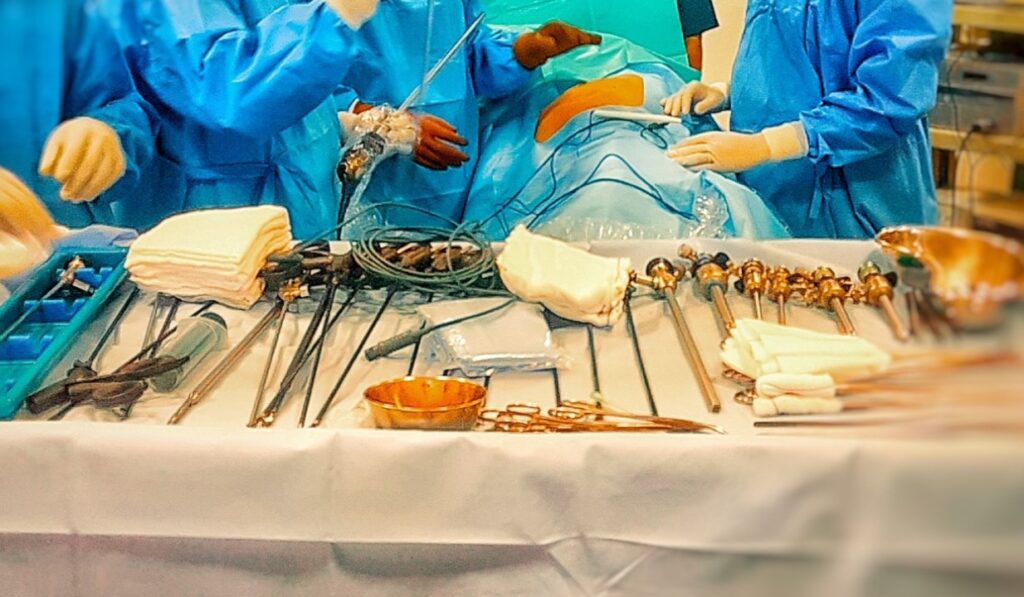
The cost of any treatment is one of the foremost things that comes to the mind when anyone plans for surgery. This is especially important when a patient is diagnosed with hernia and plans for surgery. The cost of hernia surgery may vary from 50,000 or 60,000 to more that 2.5 to 3 lacs, which can be sometimes confusing to the lay person. It is very crucial to get proper guidance and explanation for this wide range of cost. One has to understand that hernia is a very broad definition and there are multiple factors that determine the cost of surgery.
Among them the main factors are:
1. Hernia factors/ types
2. Surgery factors / types and techniques
3. Mesh types and varieties
4. Patient factors and presentation
1. Hernia factors /types: One of the basic factors on which the cost depends is the type of hernia which is being treated. The various common types of hernia include Inguinal and femoral hernia (located near the groin), Paraumbilical hernia / umbilical hernia (located near the belly button or incisional hernia (located on any previous operated scar site). They all differ in the duration of surgery, type of mesh used, postoperative hospital stay/ recovery, etc. Therefore, the cost also varies depending on these factors.
2. Surgery factors / types and techniques: Even for the same type of hernia, the type of surgery varies. For example, Inguinal hernia surgery can be done open , laparoscopic or robotic. Each of the surgeries obviously require their own equipments and infrastructure , therefore the cost varies depending on the surgeries you opt for. This is similar for all the types of hernias.
3. Mesh types and varieties : The cost of mesh is also a big factor in the overall cost. Even for the same surgery like a paraumbilical hernia, a Laparoscopic intraperitoneal mesh surgery may require a mesh costing between 45k to 90k depending on the size, however the laparoscopic extraperitoneal mesh surgery requires a mesh costing between 6k to 15k. Costlier meshes are composite or double layer meshes, which have a special non sticky layer to prevent adherence to intestine when placed in the abdominal cavity. Therefore all meshes are different and have different locations for placement. Similarly for groin hernias also there are specially designed three dimensional meshes (3D mesh) which supposedly gives better quality and postoperative recovery. It is important that you discuss this with your surgeon preoperatively
4. Patient factors and presentation: A young and fit patient can come with a small 3 to 4 cm size reducible inguinal hernia and undergoes a planned surgery and get discharged within 1 day. On the other hand , a elderly patient with multiple associated diseases such as diabetes / hypertension / heart disease can come with a similar inguinal hernia which has become painful and irreducible. The second patient may require extensive preoperative assessment due to age and multiple diseases and may require prolonged and complex surgery with extended hospital or ICU stay.So, for the same surgery, the cost varies greatly depending on patient factors and presentation of disease.
Therefore, the expense of hernia surgery depends on multiple factors even for the same type of hernia, so it is not possible to put it under any fixed package or cost. It is very important for the patients and their relatives to discuss the details of the type of surgery to be performed, type of mesh to be used, postoperative stay and the associated risks/ complications and subsequently take an informed decision.